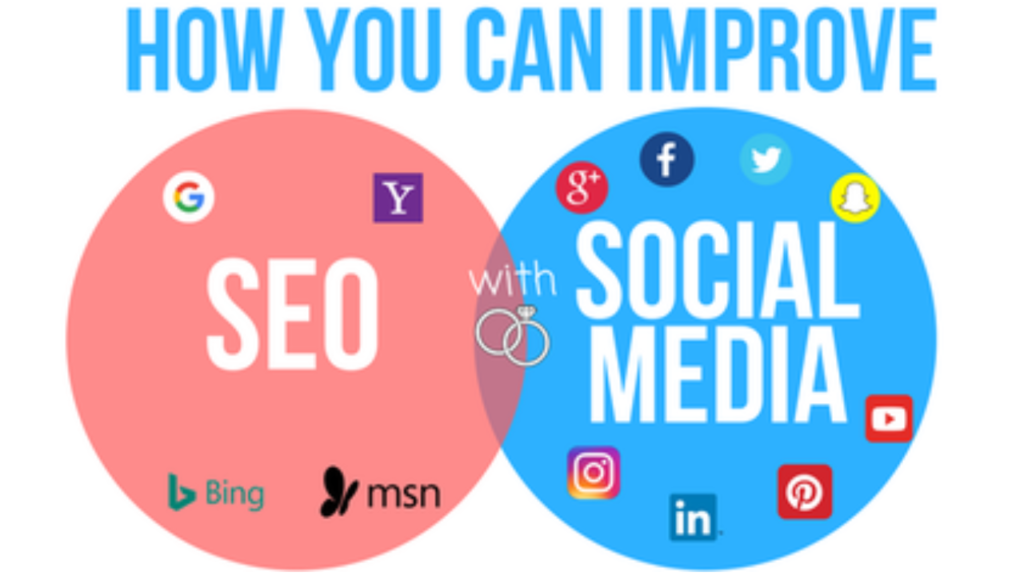1. Understanding what is SEO: The Basics
SEO is how search engines find and rank your website. When someone types in “freelance graphic designer” or “best SEO expert near me,” Google decides which websites to show first. The better your SEO, the higher your website appears in search results.
For freelancers, SEO is a game-changer because:
-
- It helps you attract organic traffic (visitors without paid ads)
-
- You can showcase your expertise and build credibility
-
- It enables you to compete with bigger companies without a big budget
-
- You get more client inquiries without constantly marketing yourself

2. The Three Pillars of SEO
search engine optimization is divided into three main areas:
a) On-Page SEO: Optimizing Your Website
This refers to things you can control directly on your website to make it more search-friendly. It includes:
-
- Keyword Research: Finding the words and phrases clients search for
-
- Content Optimization: Writing high-quality, engaging content
-
- Meta Titles & Descriptions: Creating attractive titles and summaries
-
- Internal Linking: Connecting your blog posts and pages logically
b) Off-Page SEO: Building Authority
Off-page SEO involves everything outside your website that boosts its credibility:
-
- Backlinks: Other websites linking to yours (like referrals)
-
- Guest Blogging: Writing for other sites to gain exposure
-
- Social Media Sharing: Promoting content to reach a wider audience
c) Technical SEO: The Backend Essentials
Technical search engine optimization ensures your website runs smoothly and meets Google’s requirements:
-
- Website Speed: Fast-loading pages keep visitors engaged
-
- Mobile Optimization: Making sure your site looks great on all devices
-
- Secure HTTPS Connection: Using SSL to protect visitor data

3. Keyword Research: Finding the Right Search Terms
a) Identifying Keywords
Think about what clients type into Google when searching for services like yours. Use tools like:
-
- Google Keyword Planner
-
- Ahrefs
-
- Ubersuggest
Examples of good freelance-related keywords:
-
- “Freelance web developer for startups”
-
- “Best search engine optimization freelancer in India”
-
- “Affordable content writer for blogs”
b) Using Long-Tail Keywords
Instead of targeting broad, competitive terms, focus on long-tail keywords (specific phrases with lower competition but higher conversion potential).
For example, instead of “freelancer”, try “best freelance digital marketer for small businesses”.

4. Writing SEO-Optimized Content That Ranks
Google loves valuable content. Follow these tips to create blog posts and service pages that perform well:
a) Write In-Depth, Actionable Content
Instead of writing a short 300-word blog, create 1,500+ words covering a topic thoroughly. Offer solutions, examples, and practical tips.
b) Use Keywords Naturally
Avoid stuffing keywords. Instead, place them strategically in:
-
- Titles
-
- Introductions
-
- Headings (H1, H2, H3)
-
- Image alt texts
-
- The conclusion
c) Answer User Intent
If someone searches “How to hire a freelance search engine optimization expert”, your article should answer every possible question they might have.

5. Building Backlinks: Boosting Your Website’s Credibility
Google trusts websites with high-quality backlinks (links from other websites to yours). Here’s how to build them:
a) Guest Blogging
Write guest posts for reputable websites in your industry and include a link back to your site.
b) HARO (Help A Reporter Out)
Journalists need expert insights. Sign up for HARO and get featured in news articles.
c) Engage in Online Communities
Join freelance forums, LinkedIn groups, and Reddit discussions and contribute valuable insights with a link to your site.
6. Local SEO: Attracting Clients in Your Area
If you want local clients, focus on local search engine optimization.
a) Optimize Google My Business (GMB)
-
- Claim your Google My Business profile
-
- Add accurate contact details
-
- Encourage client reviews
b) Use Local Keywords
Example: Instead of “freelance graphic designer,” target “Freelance graphic designer in Bangalore”.
c) Get Listed in Local Directories
Submit your site to Yelp, Clutch, and Upwork.

7. Technical SEO: Improving Website Performance
Even the best content won’t rank if your site has technical issues.
a) Mobile Optimization
Over 60% of Google searches happen on mobile devices. Ensure your site is mobile-friendly.
b) Improve Website Speed
A slow site loses visitors. Use tools like Google PageSpeed Insights to check your speed.
c) Secure Your Website (HTTPS)
Google prioritizes secure websites. Install an SSL certificate.

8. Monitoring SEO Performance
SEO is an ongoing process. Track your progress using:
-
- Google Search Console (for keyword rankings)
-
- Google Analytics (for traffic insights)
-
- Ahrefs or SEMrush (for backlink analysis)

9. Avoid These Common SEO Mistakes
Avoid these mistakes that can hurt your rankings:
-
- Ignoring mobile optimization
-
- Publishing duplicate content
-
- Skipping keyword research
-
- Not building backlinks
-
- Focusing only on Google (Bing & DuckDuckGo matter too!)

10. Final Thoughts: Take Action Now!
SEO is not a one-time task—it’s an ongoing effort. By following these steps, you’ll boost your visibility, attract more clients, and establish your freelance brand.
Start with small changes: optimize your content, build backlinks, and improve technical SEO. Keep testing, learning, and adapting—before you know it, Freelancer Sandeep will be ranking at the top!

11. Measuring Success: Track & Optimize Your SEO Performance
SEO is an ongoing process, and tracking your progress is key to improving results.
Best SEO Tools for Tracking Performance:
-
Google Analytics – Track website traffic, user behavior, and conversions.
-
Google Search Console – Monitor search rankings, click-through rates, and technical issues.
-
Ahrefs & SEMrush – Get detailed insights on backlinks, competitor analysis, and keyword rankings.
-
Yoast SEO (for WordPress) – Optimize on-page SEO and readability.
-

-
12. Local SEO: Get Found by Nearby Customers
If you run a local business, local SEO is your best friend. Optimizing for local searches ensures that your business appears in Google’s local pack, Google Maps, and location-based searches.
Local SEO Tips:
-
Claim and optimize your Google My Business (GMB) listing.
-
Encourage customer reviews on Google and Yelp.
-
Use location-based keywords (e.g., “best digital marketing agency in New York”).
-
Build local citations by listing your business on directories like Yelp, Yellow Pages, and Bing Places.
-

Pingback: social media strategies you must know in 2025